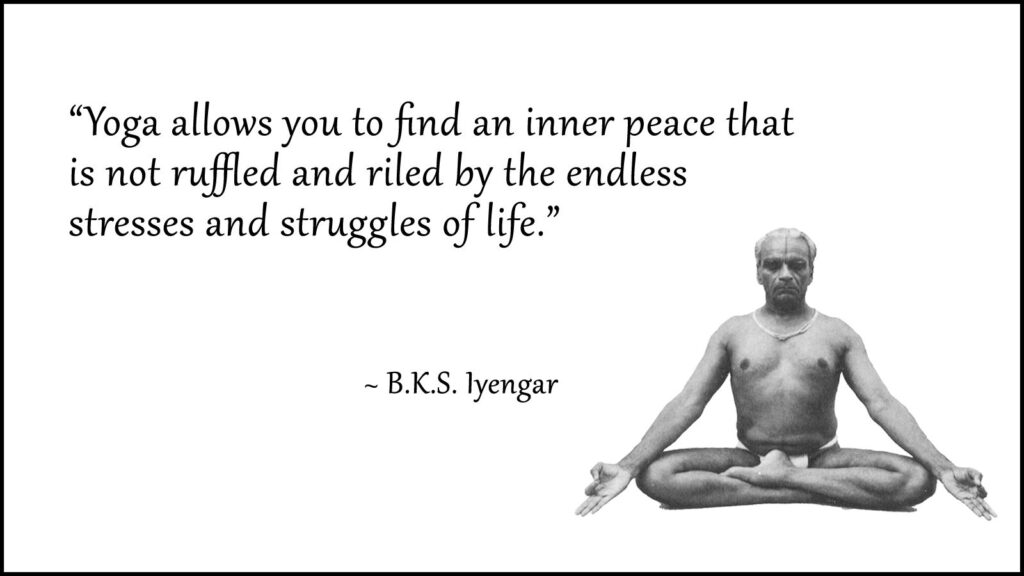Friendliness, Strength, and Inner Light

In our last Yoga Sutra discussion group, we covered the yoga sutras in the third chapter highlighting the “powers” that arise from the heightening and integration of the senses – manipulation of visibility, sound, smell, taste, and touch. We had a recap discussion of the layers of consciousness and of samadhi (enlightenment) in efforts to understand all the layers that this process of integration and involution goes through. And, though we managed to wax very philosophically about this topic, we also again realized we do not have to stay in the realm of the esoteric to work towards our understanding of these powers. In the eight limbs of yoga, the process of understanding how we feel, how we see, how we hear and how we present ourselves in the world all begin with the Yamas (moral precepts) and the Niyamas (individual observances), and sensitivity increases with our practice of Asana (posture), Pranayama (breath regulation), and Pratyahara (turning the senses inward). As we draw our being-ness and outward-ness more inward, our presence becomes quieter and less intrusive. I have this experience on my 10-day meditation retreats when there can be 20 people sitting and living together for 12 days, but at times you absolutely feel alone. As consciousness moves closer to the Self, it becomes less involved and attached to the external experience. This may ultimately lead to our ability to manipulate how we are seen, what smells we exude, and decrease our impact on the ears of others as well.
This discussion also covered the sutra referring to the “power” of knowing the time of your own death through knowledge and integration with our karmic imprints. As we begin to see more clearly the fruits of our actions in the world, we may begin to act differently to create less reaction in ourselves and others. According to Eastern philosophy, this cycle of birth and death (karma) continues as long as we are creating new karma to live out through actions that have fruits, whether positive or negative. If we understand this cycle of karma and are knowledgable of actions that create no fruits, then we can see our past, live out that karma, and make no new karmic imprints for another life. As Buddha put it after his enlightenment, he had no more bricks to form his next house.
Our next three sutras for discussion refer to the “powers” of emotional strength through perfection in friendliness, perfection in physical and intellectual strength, and the ability to see concealed things. The following translations are from Light on the Yoga Sutras of Patanjali by BKS Iyengar:
Chapter III.24 : (the practitioner) gains moral and emotional strength by perfecting friendliness and other virtues towards one and all.
Chapter III.25 : By samyama (integration) on strength, the yogi will develop the physical strength, grace, and endurance of an elephant.
Chapter III.26 : Concealed things, near or far, are revealed to a yogi.
The four virtues of a yogi are friendliness, compassion, joyfulness, and the non-reactive state to pleasure and pain, or virtue and vice. These qualities keep the consciousness in a state of equanimity and lays the foundation for Self-Realization. Immense strength on every level comes from this “sight of the Self”, and as a yogi is able to see the light of their own soul, ALL things that could then be seen are revealed no matter the barrier.
- As you have practiced yoga, have you become more sensitive to yourself emotionally or physically? With that have you become for compassionate toward others?
- How do see the four virtues in a yogi showing up in your own life or practice?
- Sutra III.25 mentions an elephant and its strength, are there other animals that you might also refer to in your contemplation of strength or grace?
- Has your “inner light” grown brighter through yoga? If so, what does that mean to you and how?
- Are there things in your life that have become more evident since practicing yoga? More “visible” to you?